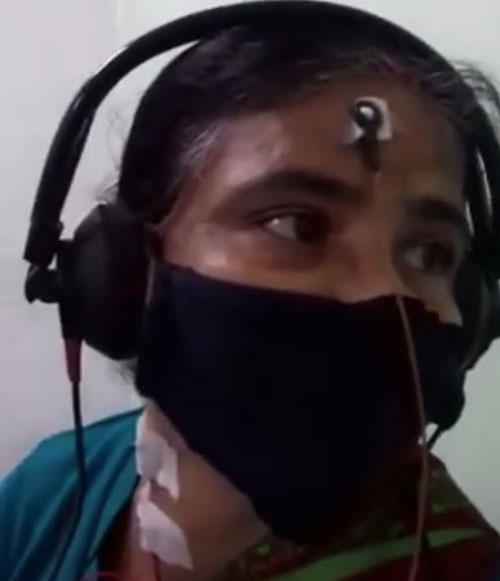Audio-vestibular Tests
Any E.N.T. Center cannot be complete if there is no Audio-Vestibular wings, an integral part to deal with hearing loss and balance disorder, which are two important functions of the innermost compartment of ear.
Udichi E.N.T. center has fully equipped Audiology and Vestibular sections, to detect any disorder in hearing and body balance through various modern investigations, without which many diseases of ear cannot be diagnosed and treated properly.
These tests are done to identify different disorders in the hearing mechanism and balance disorders.UDICHI offers following tests in out-patient department on regular basis some with prior booking.
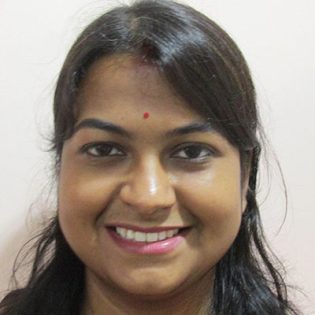
Audiologist & Speech Pathologist
PURE TONE AUDIOMETRY:
This is the most common routine test done for assessing hearing acquity and any hearing loss in decible. It also demonstrates the nature of deafness, whether conductive (external or middle ear disease) or perceptive (sensory-neural due to auditory nerve damage in the inner ear). Along with Pure tone Audiometry there are special tests like speech reception threshold (SRT), Speech discrimination score (SDS), Free field audiometry, speech audiometry, SISI, ABLB, Tone Decay etc. which give more clear picture about hearing status of a patient.
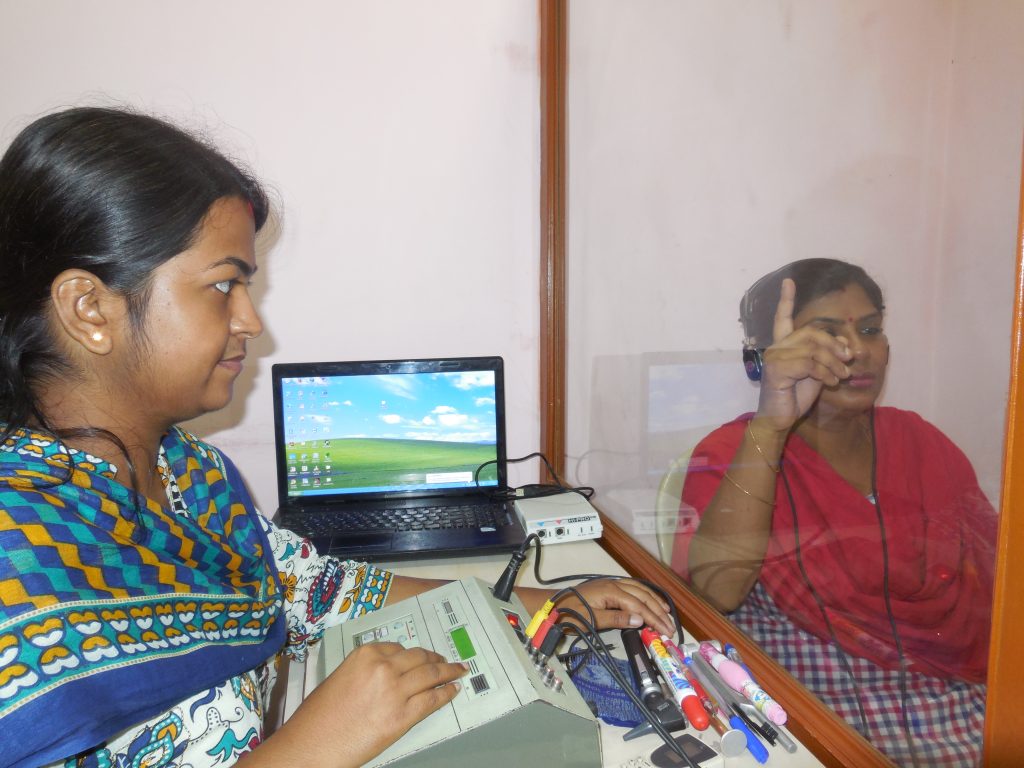
IMMITANCE AUDIOMETRY (TYMPANOMETRY)
This is a test to identify middle ear pressure, compliance of the ear drum and the acoustic reflex which help to diagnose diseases like Middle Ear Fluid (Glue Ear), Fixation of smallest bones in the middle ear (Otosclerosis), Ossicular Dislocation and so on. All of the above tests are performed by computerized machines with high accuracy of reporting.
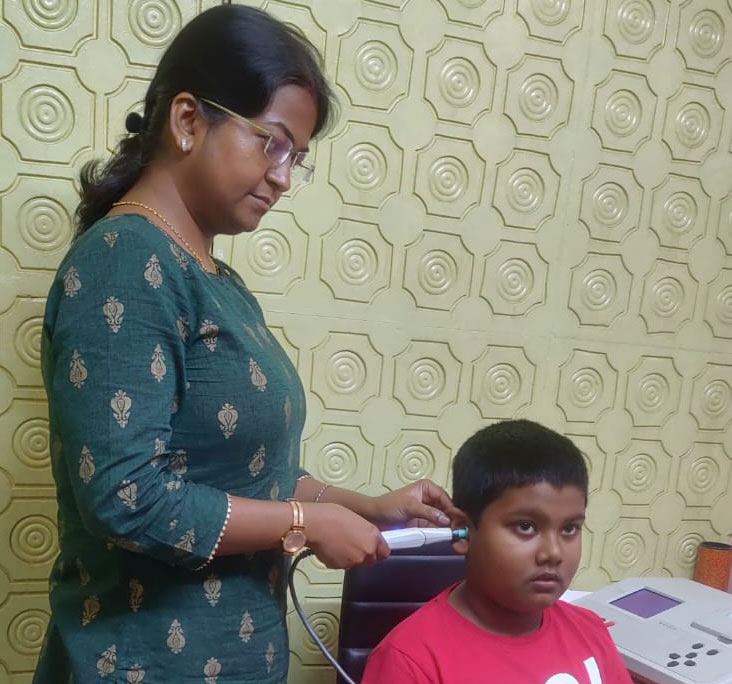
B.E.R.A. & O.A.E.
The babies who are born deaf are likely to be dumb or suffer from delayed speech development if earliest diagnosis and necessary management are not planned. Detection of hearing loss in new children has gained much importance and in many places it is compulsory. There two most common hearing tests for early detection of deafness is Oto-Acoustic Emission (0.A.E.) & Brain Stem Evoked Response Audiometry (B.E.R.A.).
O.A.E. is a useful screening test for detecting hearing loss in the newborn, but it cannot measure the degree of hearing loss. B.E.R.A (Brain Stem Evoked Response Audiometry) is also a computerized test for hearing loss of children. It takes more time to perform than OAE but it is more accurate and also measures the degree of hearing loss.
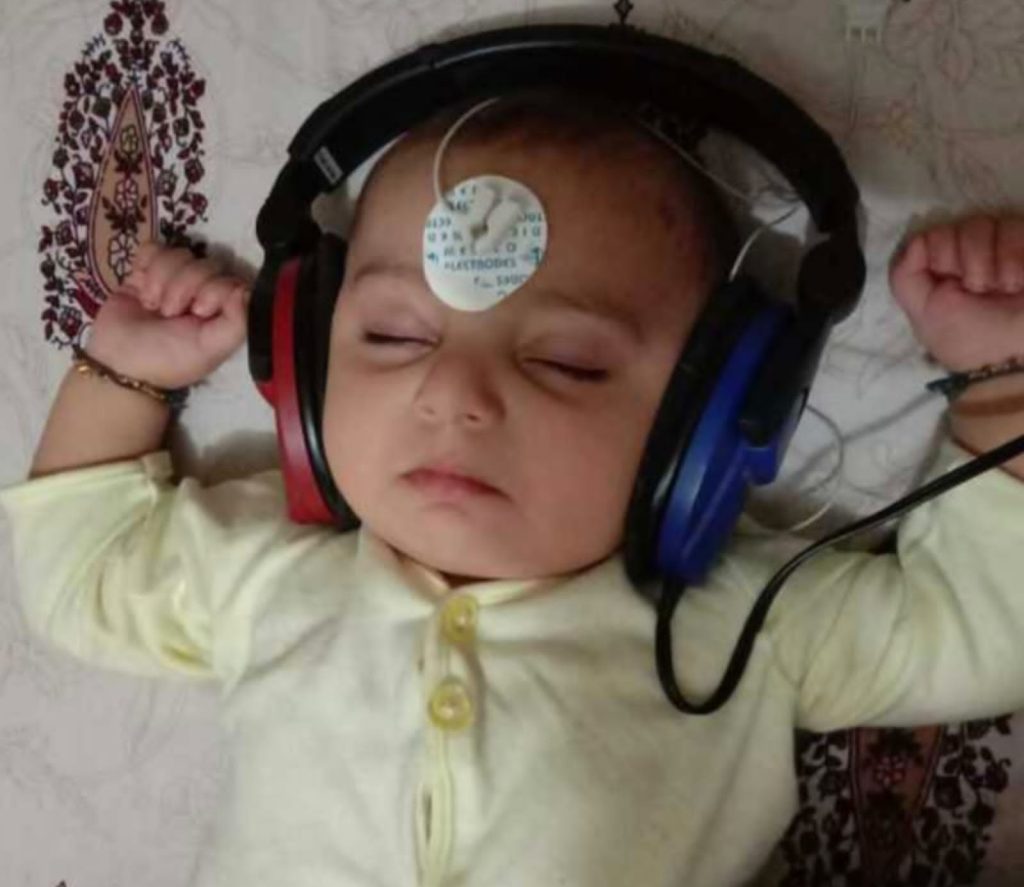
HEARING AID
This is an irony that a deaf person cannot be identified by his appearance, unlike a blind person. Our society is sympathetic to a blind man but a deaf person is often laughed at. We shout at a deaf person standing in the road who cannot hear the cycle bell or motor horn but escort a blind across the road with care. In the family, even close relatives get exhausted shouting at a deaf person and naturally try to avoid. The patient on the other hand, with all shyness, gradually withdraws himself from the family, avoid family gathering and slowly gets isolated that invariably ends up in depression and more isolation. This is obvious that deaf person is more handicapped in the long run than a blind who can otherwise join a family gathering with his hearing ability.
The hearing aid is an essential tool like a spectacle, which can reduce this difficulty in hearing to a great extent. But because of our social stigma, deaf patients hesitate to use a hearing aid, while they don’t mind putting on costly and very stylish glasses that add to their beauty.
UDICHI has a complete set up for providing a wide variety of Digital & Programmable Hearing Aids to these suffering sections of people and helps them to rehabilitate in the society successfully. Starting from a very basic low priced Trimmer digital model to a very high end aids with rechargeable and blue tooth enabled sets and almost invisible models within the ear.
Different types of hearing aids available at UDICHI ENT Centre
- Trimmer Digital (Non-programmable),
- Behind the Ear (B.T.E.),
- Receiver in the Canal (R.I.C.),
- In The Ear (I.T.E.),
- In The Canal (I.T.C.),
- Completely In The Canal (C.I.C.)
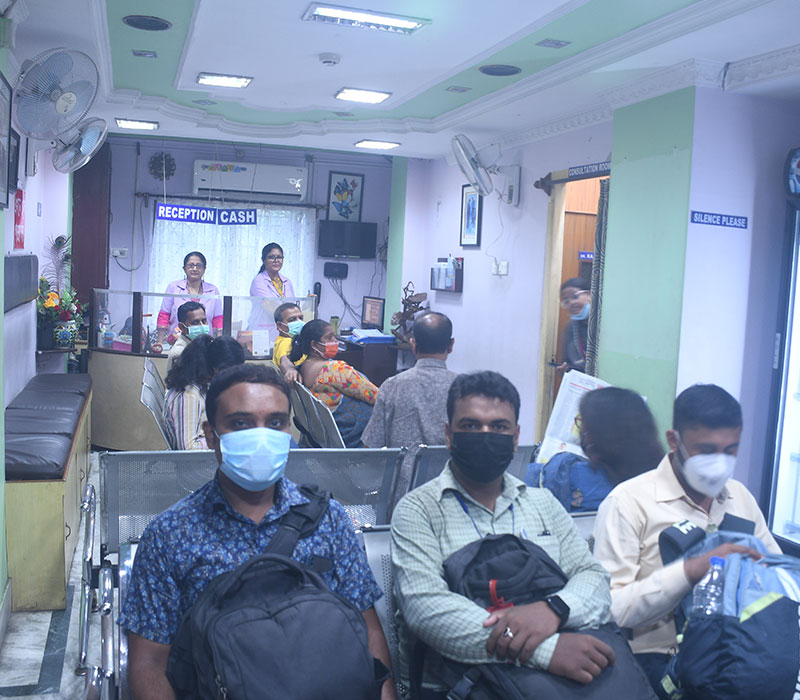
VESTIBULAR FUNCTION TESTS
CLINICAL TEST
- Dix Hall-Pike Test: To detect Benign Paroxysmal Positional Vertigo
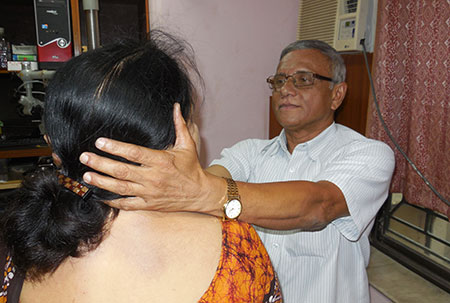
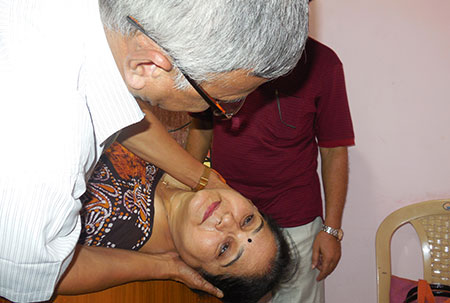
Eppley’s Maneuover: Clinical therapy of repositioning the displaced Otoconia in case of above condition (B.P.P.V.)
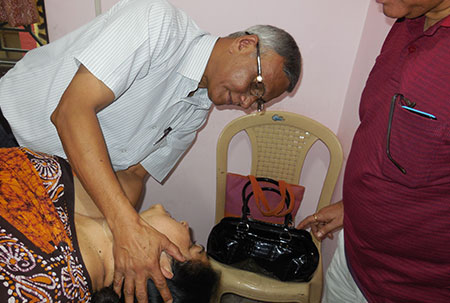
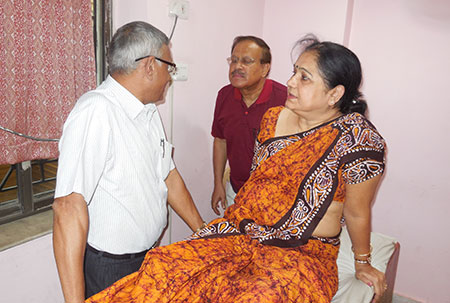
COMPUTERIZED TESTS
- Electro Nystagmography (E.N.G.)
- Visual Electro Myogenic Potential (V.E.M.P.)
